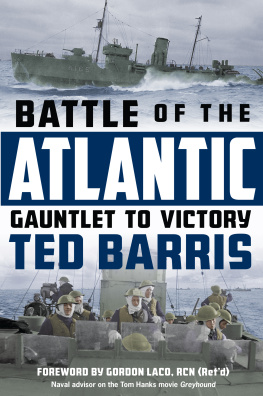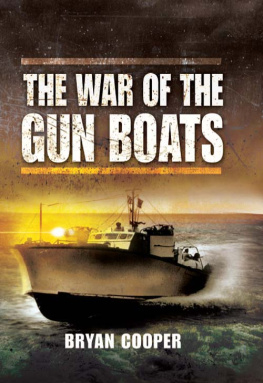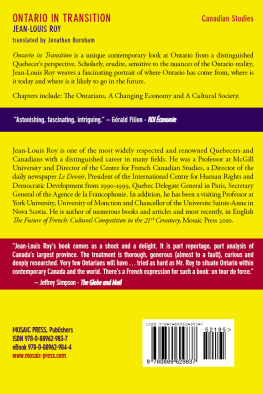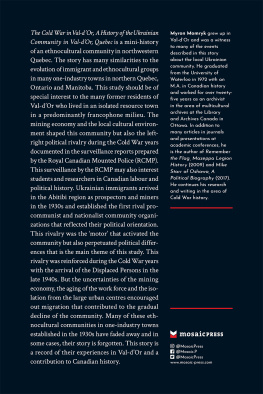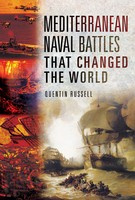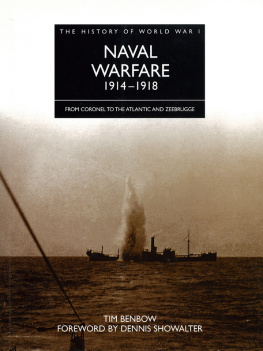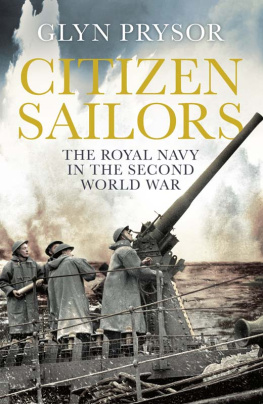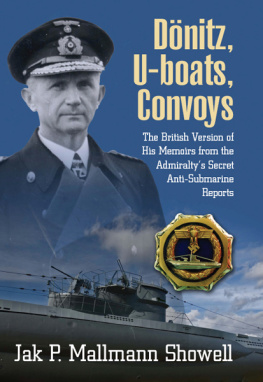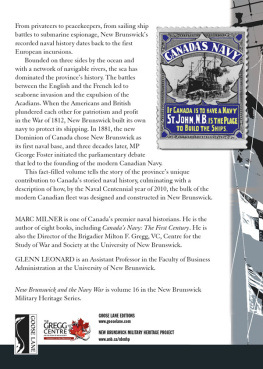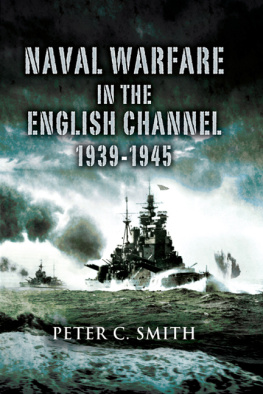PREFACE
Discovering "Oakville"
W hen I teach history, either in high school or the cadet corps, I find it necessary to first define what this thing called history exactly is. Ultimately it is the study of the human race through various sources (pictorial, written, audio-visual, etc.), but my focus is primarily to ensure that they understand that being a student of history requires great care. Aside from researching, scrutinizing sources, and detecting author bias, I tell my pupils and cadets that it is important to appreciate the fragility of history it can easily be lost. Simply forego documenting an event or life put nothing to paper, take no visual images, lose or destroy documentation and it fades away as if never there. And losing history can have grave consequences.
The historian well knows that history is delicate. Frequently, and especially with the passage of time, the past leaves us only with faint clues, fragments of evidence that require historians to become keen detectives. In analyzing these, one can easily make mistakes, and just as the detective fears making a false accusation based on a poorly executed investigation, so too the historian fears drawing false conclusions based on misinterpreted sources. Thus, the chief point I clarify for my students is this: as students of history (and who among us isnt, really?), they are each keepers of historical knowledge and must fulfill the dual role of researcher and guardian. Put simply, they are to objectively study and reconstruct the past, not only for the pursuit of their own knowledge, but to ensure that they prevent its loss by passing it down as accurately as possible to successive generations.
Studying history is both natural and unavoidable. We all have a desire to know our past, and as history teachers we love to preach: without this knowledge we are doomed to repeat the mistakes of previous generations. Preserving our past and avoiding such doom is the primary reason for this publication.
My involvement with HMCS Oakville began over 12 years ago. My father was a friend of Commander R.K. (Bob) Bonnell CD, who was the commanding officer of HMCS York , a naval reserve unit in Toronto. Bob invited him to attend a parade, and my father took me along. I was in high school at the time, and remember being enthralled by the uniforms and ceremony. Afterwards, I was invited to the various messes and was greeted warmly. The members took kindly to my inquisitive nature, answering my questions and sharing bits of naval history with me. At the end of the evening, I recall Bob joking that they would suit me up with a uniform and press-gang me into the service. A year later, at only 17, I joined as a boatswain (at that age it was necessary to receive my parents consent).
Over the years, as I began and progressed through my undergraduate studies, I realized that I wanted to pursue a career in education and started exploring ways to become more involved in adolescent education. It was suggested by someone at York that I should work with the Sea Cadets to gain experience for my application to teachers college. I decided to take the advice and began volunteering. Not long afterwards, I started the process of transferring from the Primary Naval Reserve to the Cadet Instructor Cadre, a branch of the Canadian Armed Forces made up of commissioned officers whose role it is to instruct cadets (see chapter 6 for more details on cadets).
During this time I had my first meeting with HMCS Oakville . I was taking a course at the University of Toronto on Canadian History, and as a naval reservist, resolved on the incredibly ambitious and slightly presumptuous task of writing a culminating essay on the Canadian navy in the Second World War. In researching, I came across a ship that shared the same name of the town I lived in Oakville and briefly made note of it in my essay.
My next encounter occurred when I joined Royal Canadian Sea Cadet Corps 178 Oakville and met local naval historian Edward (Ed) Stewart. The corps was young, only a few years old, and he had been one of the principal people behind its formation. I learned that its name, number, and crest came directly from the warship I had come across in my studies. As we spoke and developed a friendship over the years, I became more and more interested in the story of this ship. Although I wasnt fully aware of it at the time, Ed was the main person keeping the fragile history of this ship alive, and through him I became drawn into its history.
I awoke to just how delicate this history was during my final year of undergraduate studies. I was taking a fourth-year seminar on Spectacle, Crowds, and Parades in Canada and needed to choose a Canadian event to research for an essay. Upon mentioning it to Ed, he suggested writing on the christening ceremony of HMCS Oakville , which had occurred in the town of Oakville itself. I visited the local historical society and museum to begin my research and was both amazed and alarmed. Although many photos of the ceremony had survived and were in excellent condition, they were without captions and explanation, leaving me confused as to what was happening in the images, where they had taken place, who appeared in them, and what their chronological order was in relation to one another. Aside from a ships synopsis, the ceremony programme, and a brief eyewitness account, local records regarding Oakvilles christening were non-existent. To make matters worse, the local newspaper archive was missing editions from the period. I continued my search at Robarts Library at the University of Toronto, where I had access to microfiche newspaper sources. What I discovered absolutely floored me.
Major newspapers such as the Toronto Daily Star , Toronto Evening Telegram , the Globe and Mail , and the Hamilton Spectator had covered the event in detail, assigning it front-page coverage. The event even attracted international media, and was reported in the New York and London Times . A wealth of information and coverage on the spectacle had emerged, allowing me not only to explain what happened that day, but also provide substance to the town archive photos. It quickly became clear that not only was this event the largest spectacle that the town of Oakville had ever had, but that it was one of the largest, if not the largest, christening ceremony of a Canadian naval ship during the Second World War! What I couldnt understand was how something so pivotal to the towns history had been almost completely forgotten. Ironically, even the mayor at the time boasted that the ceremony was one to be remembered.
I no longer was writing for my course I was doing it out of necessity, to keep this history from being lost. The essay, Oakvilles Forgotten Fame A Rediscovery of the Christening of HMCS Oakville, 1941, drew the interest of the towns historical and cultural department, and was entered into the main librarys reference section. Shortly thereafter I assisted Ed, who was creating an exhibit dedicated to HMCS Oakville at the town museum. On the opening night, I gave a speech on my essay to a full crowd and later assisted with walkthroughs. The event, which ran over a month, was a great success. As the museums caretaker simply declared, it was the first time shed ever seen a line up out the door to see an exhibit. We had struck a nerve with the community, and I had become fully immersed in the history of this warship.
It was sometime later that Ed said something to me that started me on the path to writing this book. One evening he made a comment that stuck with me: Well kid, its all you now. Confused at the meaning behind this statement, I asked him to clarify. Oakville , he said, the history of the ship! Its on your shoulders now. No one alive knew more about the ship than me, and Ed wasnt a writer and was getting older. If anyone was going to ensure that the memory of this ship would not be forgotten, it would have to be me. I had to tell its tale.


